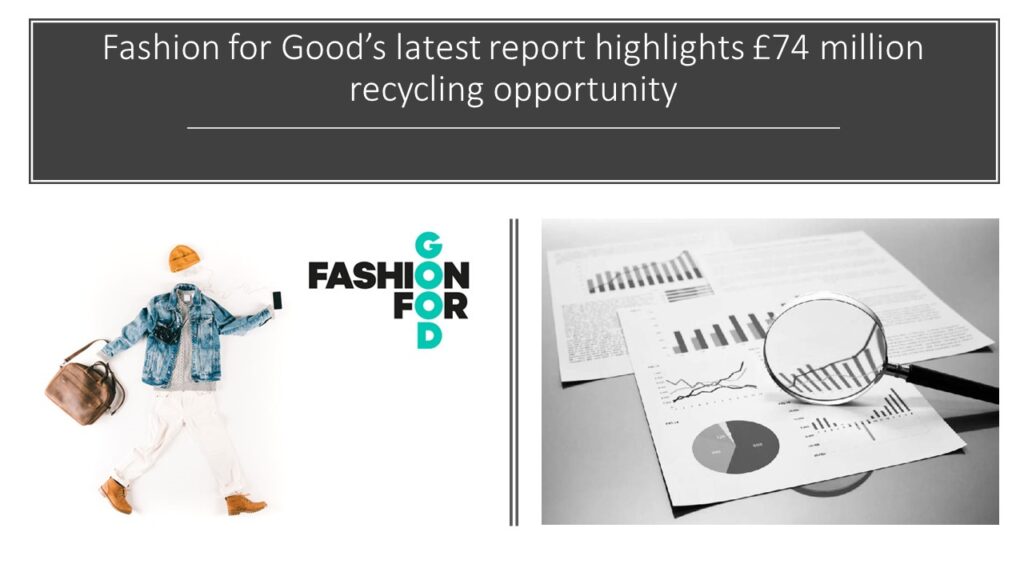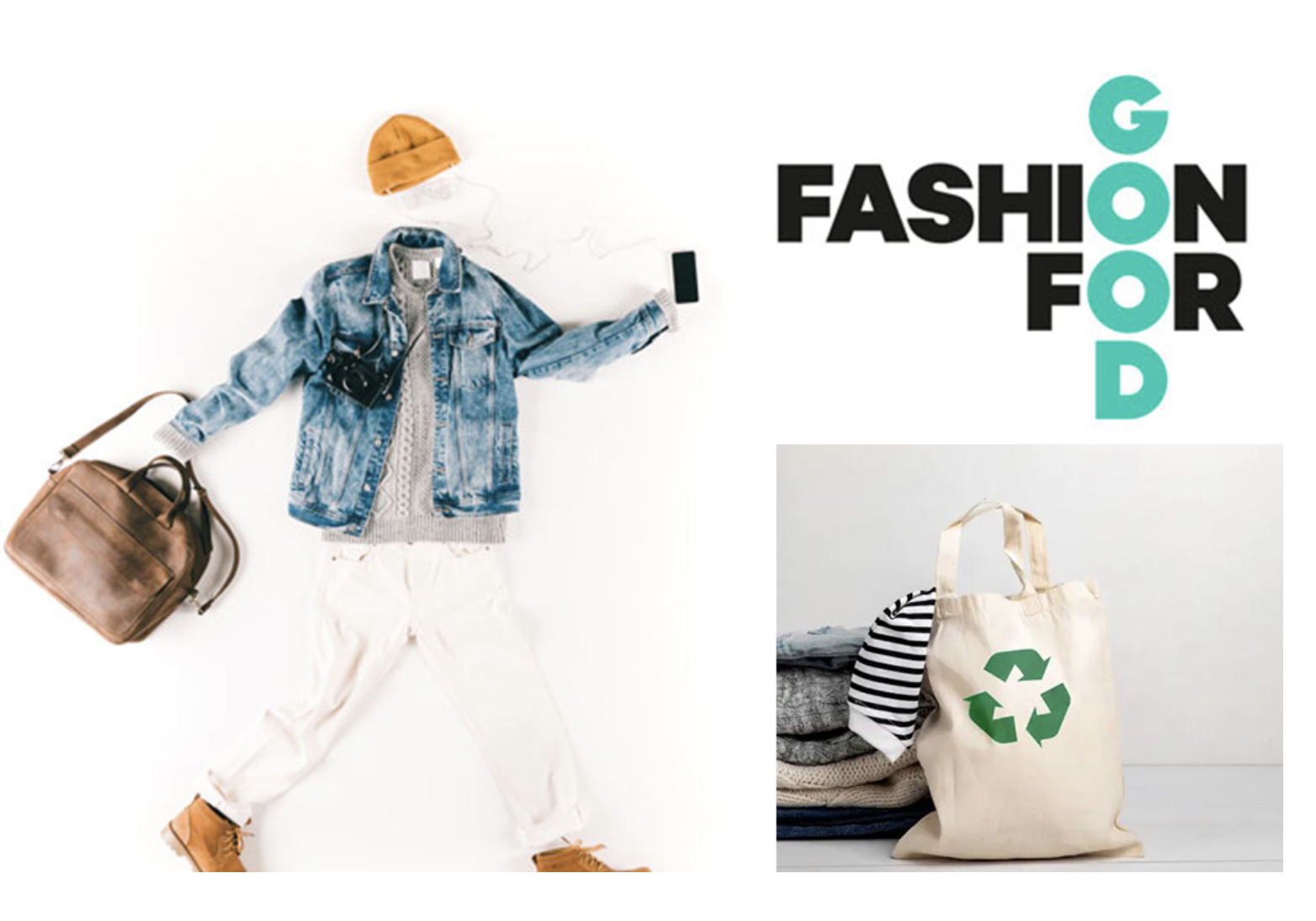Overall, the Sorting for Circularity Europe study finds that a total of 494,000 tonnes each year —or 74% of low-value post-consumer textiles, is readily available and suitable for closing the loop in the clothing and textiles sector across six European countries. These findings culminate in promising opportunities for recapturing value via mechanical and chemical recycling and resultantly diverting textiles away from less circular destinations like downcycling to non-woven, insulation or filling material, the wipes industry, and incineration. This represents a potential value increase of €74 million per year when sorted textiles are reintroduced into the textiles value chain.

Sorting for Circularity is a framework conceived by Fashion for Good and Circle Economy, aiming to (re)capture textile waste, expedite the implementation of game-changing technologies, and drive Circularity within the fashion value chain. The framework is based on insights from the Fashion for Good and Aii collaborative report “Unlocking the Trillion Dollar Fashion Decarbonization Opportunity,” which charts a trajectory for the industry to meet its net-zero ambition by 2050, highlighting the potential and significant impact on carbon emissions in the industry through material efficiency, extended and re-use of waste. Created with scalability in mind, the project was first initiated in Europe and has expanded to include Sorting for Circularity India.
Successful implementation of Near Infrared (NIR) technology for fabric composition
Using innovative Near Infrared (NIR) technology to determine garment composition, traditionally a task performed manually, the project analyzed a total of 21 tonnes of post-consumer garments. On-the-ground examinations were performed over two time periods, autumn/winter 2021 and spring/summer 2022, to account for seasonal changes in the types of garments entering sorting facilities. Cotton was found to be the dominant fiber (42%), albeit elastane might be present in a relevant share of this category. Cotton is followed by a large presence of material blends (32%), almost half consisting of polycottons (12%). Based on three characteristics, material composition, presence of disruptors, such as zippers and buttons, and color, 21% of the materials analyzed are deemed suitable as feedstock for mechanical recycling, while 53% are suitable for chemical recycling.
The Sorting for Circularity Europe project brought together the largest industrial textile sorters in the European region, including the Boer Group, I:CO (Soex), JMP Wilcox, Modare-Cáritas, Wtórpol and Texaid.
